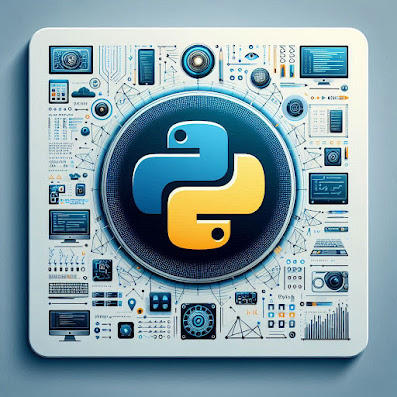Welcome to the Python Tutorial! Python is one of the most popular programming languages today, celebrated for its simplicity, extensive features, and robust library support. Its clean and straightforward syntax makes it beginner-friendly, while its powerful frameworks make it ideal for developers.
What is Python?
Python is a high-level, interpreted language with easy-to-read syntax. It is widely used in various fields, including:
- Web development
- Data science
- Artificial intelligence
- Automation
Your First Python Program
Here's a simple Python code snippet that prints a string. Try editing the code to print your own name!
print("Hello World")
Output:
>> Hello World
1. Python Fundamentals
In this section, we cover the basics of Python programming, including:
- Installing Python
- Writing your first program
- Understanding comments
- Working with variables, keywords, and operators
These are essential building blocks to get started with Python coding.
2. Python Data Types
Python offers versatile collections of data types, including:
- Numbers
- Boolean
- Strings
- Type Casting
- Lists
- Tuples
- Dictionaries
- Sets
- Arrays
We'll delve into each of these data types in detail.
3. Python Conditional Statements and Loops
Conditional statements in Python allow you to make decisions based on certain conditions. They enable the program to execute specific code blocks when conditions evaluate to true. Loops let you execute a block of code repeatedly, either for a fixed number of times or until a condition is met. In this section, we'll explore:
- Conditional Statements
- For Loops
- While Loops
- Loop control statements (break, continue, pass)
- List and dictionary comprehensions
4. Python Functions
Functions are the backbone of organized and efficient code. In this section, we’ll explore their syntax, parameter handling, return values, and variable scope. Key topics include:
- The
defkeyword - The use of the
passstatement in functions - Global and local variables
- Recursion
*argsand**kwargs- The
selfkeyword as a default argument - First-class functions
- Lambda functions
- Map, Reduce, and Filter functions
- Decorators
Happy coding!




0 Comments